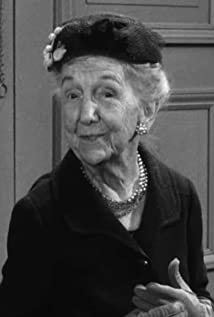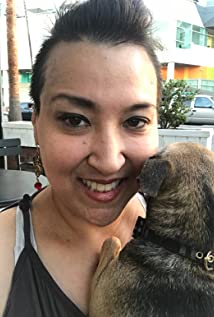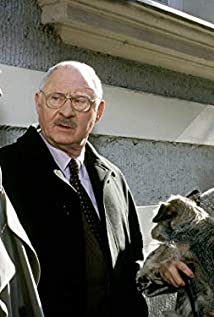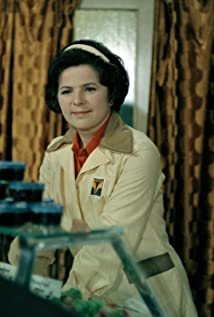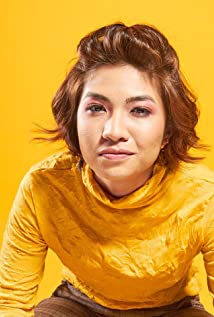Armstrong cut back on book cover design around 1913 as dust jackets began to come into fashion and turned to writing her own books. (Her signature style was so successful, however, that publishers then hired artists specifically to imitate her look.) An avid naturalist, Armstrong's passion for natural forms reflected her interest in botany and in particular, in wildflowers. During the 1911-1914 period, she traveled and camped throughout the Western United States and Canada, becoming one of the first women to reach the bottom of the Grand Canyon. She discovered there several species of flowers that had not yet been identified by botanists. She details those and many other species in her Field Book of Western Wild Flowers (1915). With its 550 illustrations (48 of which were in color), her Field Book is considered the first comprehensive guide on the subject. In her sixties and seventies, she wrote three critically praised mystery novels—Murder in Stained Glass (1939), The Man with No Face (1940), and The Blue Santo Murder Mystery (1941)—and two biographies, Fanny Kemble: A Passionate Victorian (1938) and Trelawny: A Man's Life (1940). She also completed her father's memoirs.









